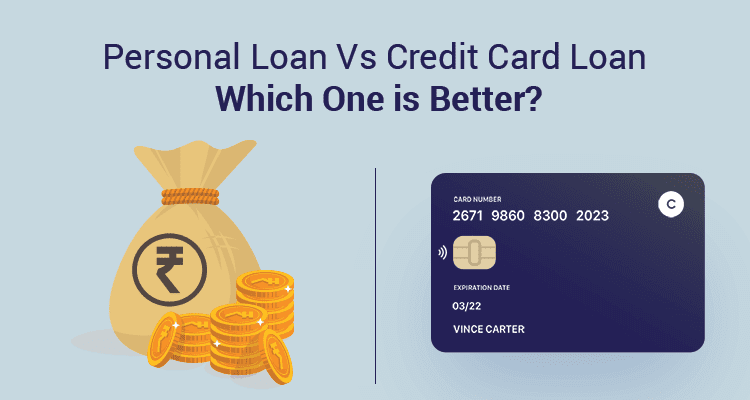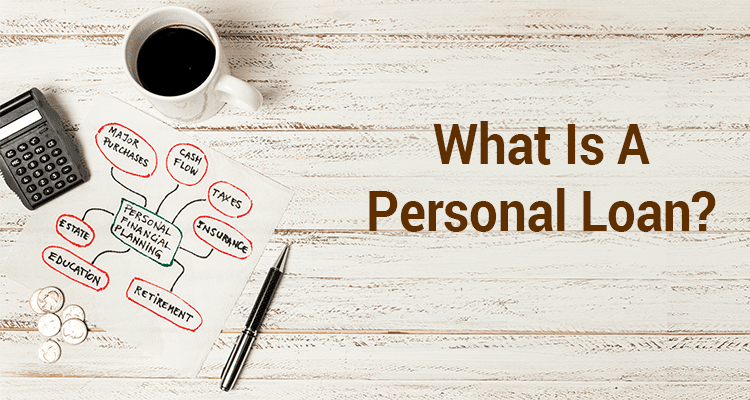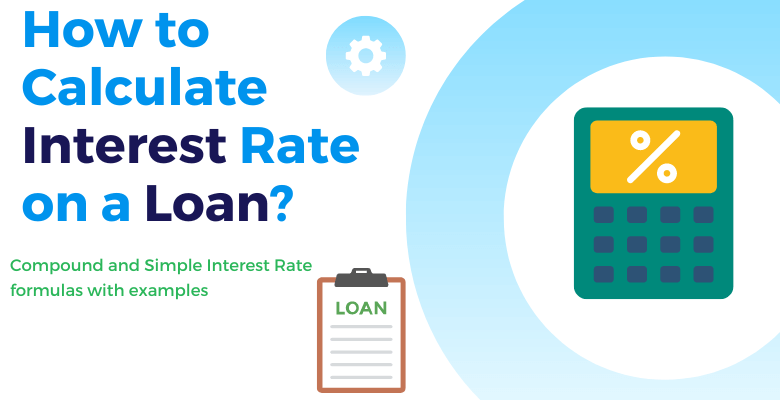Best Guide to Understanding Loan Documents
When you’re getting a mortgage loan, there may be many documents you’ll receive throughout the process. While this can get confusing and disorganized, it’s imperative you have an idea of what each document says, how it applies to your mortgage and why it’s important for you to understand.
Before you get into the mortgage weeds, so to speak, you may want to consider learning more about the documents you may receive from your lender during the process. Remember that these documents can vary by lender and by the type of loan you get. To understand what you specifically may receive, make sure to double check with your lender.
Closing Disclosure
The closing disclosure is a plain language document that you’ll receive a few days before your closing date. This will provide final details about your loan, including the loan amount, interest rate, interest and principal, taxes, insurance, closing costs and other associated costs and loan disclosures.
Deed
Also known as a property deed, a deed is physical documentation of the ownership of a property. The deed may include a description of the property, the grantor’s and grantee’s names and addresses, what the grantor received in exchange for the property and more. When the title is transferred to you, you should receive a copy of the deed.
Initial Escrow Statement
For homeowners, a mortgage escrow account is a special holding account for your homeowners insurance premiums, your mortgage insurance payments (if any), and property tax payments. The initial escrow statement provides information about any charges that your lender may make and take from the account, such as estimated taxes or insurance premiums.
Lender Documents
These include any other documents your lender may need to submit to you, i.e. an affidavit of occupancy.
Loan Estimate
After you’ve completed your mortgage application and submitted it to your lender, you should receive a loan estimate within a couple days. It is important to note that a loan estimate could change during the loan application process. This document is an explanation of your loan in plain language, which includes your loan amount, interest rates, monthly payment, escrow account and your closing costs and other associated fees.
Mortgage or Security Instrument
A mortgage or security instrument provides information about your responsibilities and rights as a borrower. After it’s signed, this document also gives your lender the right to take your property by foreclosure if you do not pay your mortgage according to your agreement. This may also be called a deed of trust.
Promissory Note
A promissory note is a legal document that lists the terms of repayment for the mortgage loan between you and your lender. This can include the total amount of the loan, down payment amount, monthly or bimonthly payments, the kind of mortgage (fixed or adjustable-rate) and more.
Notice of the Right to Rescind
If you’re not getting a mortgage to purchase a home (i.e. refinancing), you will likely get a notice of the right to rescind. As a legal protection under the Truth in Lending Act (TILA), the notice of the right to rescind allows you to cancel your loan with your lender within a specified timeframe.
Pre-Approval Letter
After you complete your loan application, your lender may provide you with a pre-approval letter that tells you the estimated amount of your loan. This letter is conditional and not the final loan amount. When you receive the letter, you will then need to decide if you’d like to follow through with the loan process.
State and Local Government-Mandated Documents
You may also receive any state and local government-mandated documents depending on where you buy a home or receive your loan. These generally collect your information and help protect you as a borrower.
Work with Your Lender
While this list can be a good guide for you as you’re starting the mortgage process, keep in mind that it’s not all-inclusive, and you may receive documents that are not on this list. In this case, it’s important to keep in constant communication with your lender to help you understand what each document is, if you need to sign it or keep it and how it differs from other documents you receive.
Don’t get intimidated by the amount of paperwork you receive. While it can seem like information overload, it’s necessary for you to get the full picture of your mortgage and future payments. Most importantly, it may all lead to your dream home.
FAQs
1. What is a Closing Disclosure and why is it important?
A Closing Disclosure is a plain-language document you receive a few days before closing on your loan. It outlines the final details of your mortgage, including loan amount, interest rate, monthly payments, taxes, insurance, and closing costs. It’s important because it helps you confirm that all loan terms match what was promised before you sign.
2. How is a Deed different from a Mortgage?
A deed is the official document that shows ownership of a property, while a mortgage (or security instrument) is the agreement giving the lender the right to foreclose if you don’t pay your loan as agreed.
3. What does the Initial Escrow Statement include?
The initial escrow statement explains how much will be collected and paid from your escrow account. This usually includes property taxes, homeowners insurance, and sometimes mortgage insurance.
4. What are Lender Documents?
Lender documents are additional paperwork your lender may require, such as an affidavit of occupancy. These are specific to your lender and may vary by situation.
5. What is the difference between a Loan Estimate and a Closing Disclosure?
A Loan Estimate is provided shortly after you apply for a loan and gives you projected costs and loan terms. A Closing Disclosure comes later in the process and reflects the finalized, exact details of your loan.
6. What is a Promissory Note?
A promissory note is a legal contract where you agree to repay your mortgage loan. It outlines the loan amount, payment schedule, interest rate, and other repayment terms.
7. What is the Notice of the Right to Rescind?
This notice applies mainly to refinance loans (not home purchases). It gives you a short period (usually three business days) to cancel your loan without penalty, as protection under the Truth in Lending Act.
8. Is a Pre-Approval Letter the same as final loan approval?
No. A pre-approval letter is only an estimate of how much you may be able to borrow. Final loan approval comes after your lender verifies your financial information and issues final documents.
9. Why do I need state and local government-mandated documents?
These documents are required by your state or local government. They usually collect personal information, outline legal requirements, and provide additional borrower protections.
10. What should I do if I don’t understand a document?
Always ask your lender to explain any document you don’t understand. It’s important to know whether a document requires your signature, is for your records, or impacts your loan terms.
11. Why is there so much paperwork in the mortgage process?
The mortgage process involves many legal and financial details. The paperwork ensures that you fully understand your loan terms, repayment obligations, and borrower protections. While overwhelming, it’s designed to safeguard both you and the lender.
Conclusion: Understanding Loan Documents
The mortgage loan process comes with a variety of documents, each serving an important purpose in protecting both you and your lender. From the initial loan estimate to the final closing disclosure, every paper you receive gives you greater clarity about your loan terms, repayment obligations, and rights as a borrower. While the paperwork may feel overwhelming, reviewing each document carefully and asking your lender questions ensures you make informed decisions. Ultimately, this process is designed to guide you toward successful homeownership and provide peace of mind as you step into your new home.










